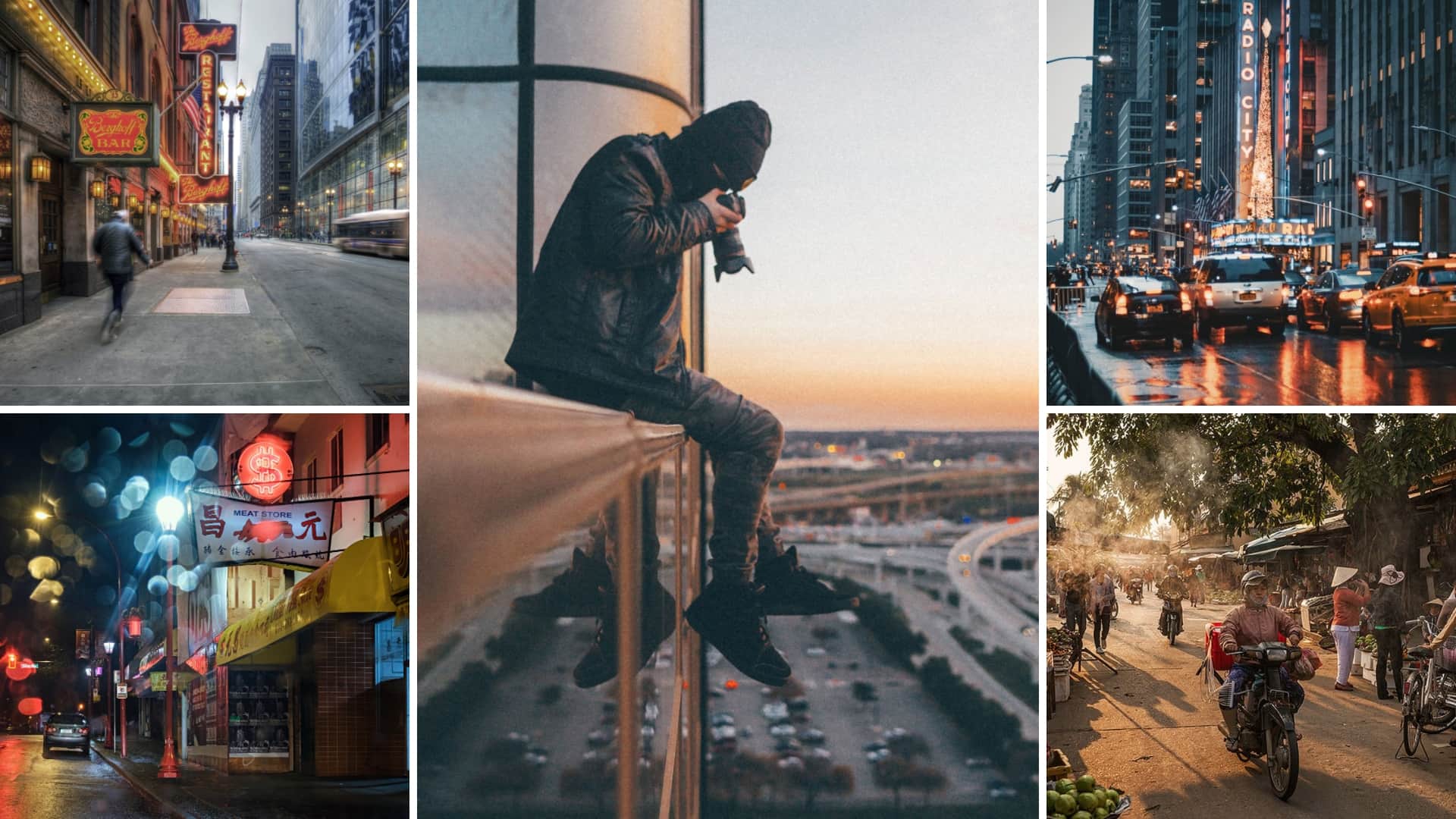Rumored Buzz on Framing Streets
Rumored Buzz on Framing Streets
Blog Article
Getting My Framing Streets To Work
Table of ContentsThe smart Trick of Framing Streets That Nobody is Talking AboutUnknown Facts About Framing StreetsOur Framing Streets IdeasIndicators on Framing Streets You Should KnowThe Greatest Guide To Framing StreetsThe Buzz on Framing Streets
, typically with the aim of capturing photos at a decisive or touching minute by cautious framework and timing. https://www.edocr.com/v/2rrgxoq2/davidturley33101/framing-streets.
, who was motivated to carry out a comparable documents of New York City. As the city established, Atget helped to advertise Parisian streets as a worthy topic for photography.

Not known Facts About Framing Streets
Martin is the first tape-recorded photographer to do so in London with a disguised electronic camera. Mass-Observation was a social study organisation founded in 1937 which intended to videotape everyday life in Britain and to videotape the reactions of the 'man-in-the-street' to King Edward VIII's abdication in 1936 to wed divorce Wallis Simpson, and the succession of George VI. The chief Mass-Observationists were anthropologist Tom Harrisson in Bolton and poet Charles Madge in London, and their initial report was produced as guide "May Clicking Here the Twelfth: Mass-Observation Day-Surveys 1937 by over two hundred onlookers" [] Home window cleaner at Kottbusser Tor, Berlin, by Elsa Thiemann c. 1946 The post-war French Humanist School photographers found their subjects on the street or in the restaurant. Andre Kertesz.'s commonly admired Images la Sauvette (1952) (the English-language edition was labelled The Decisive Minute) advertised the concept of taking a photo at what he described the "definitive minute"; "when type and material, vision and structure merged into a transcendent whole" - vivian maier.
7 Easy Facts About Framing Streets Shown
The recording machine was 'a covert cam', a 35 mm Contax hidden beneath his layer, that was 'strapped to the chest and connected to a lengthy wire strung down the appropriate sleeve'. His job had little modern effect as due to Evans' sensitivities regarding the originality of his project and the personal privacy of his topics, it was not published till 1966, in the book Lots of Are Called, with an intro written by James Agee in 1940.
Helen Levitt, after that a teacher of young kids, connected with Evans in 193839. She documented the transitory chalk illustrations - Best Zoom Lens that became part of youngsters's road culture in New York at the time, in addition to the youngsters who made them. In July 1939, Mo, MA's brand-new digital photography section included Levitt's operate in its inaugural exhibitionRobert Frank's 1958 book,, was substantial; raw and commonly out of emphasis, Frank's pictures questioned mainstream digital photography of the moment, "tested all the formal policies put down by Henri Cartier-Bresson and Pedestrian Evans" and "contradicted the wholesome pictorialism and sincere photojournalism of American magazines like LIFE and Time".
Report this page